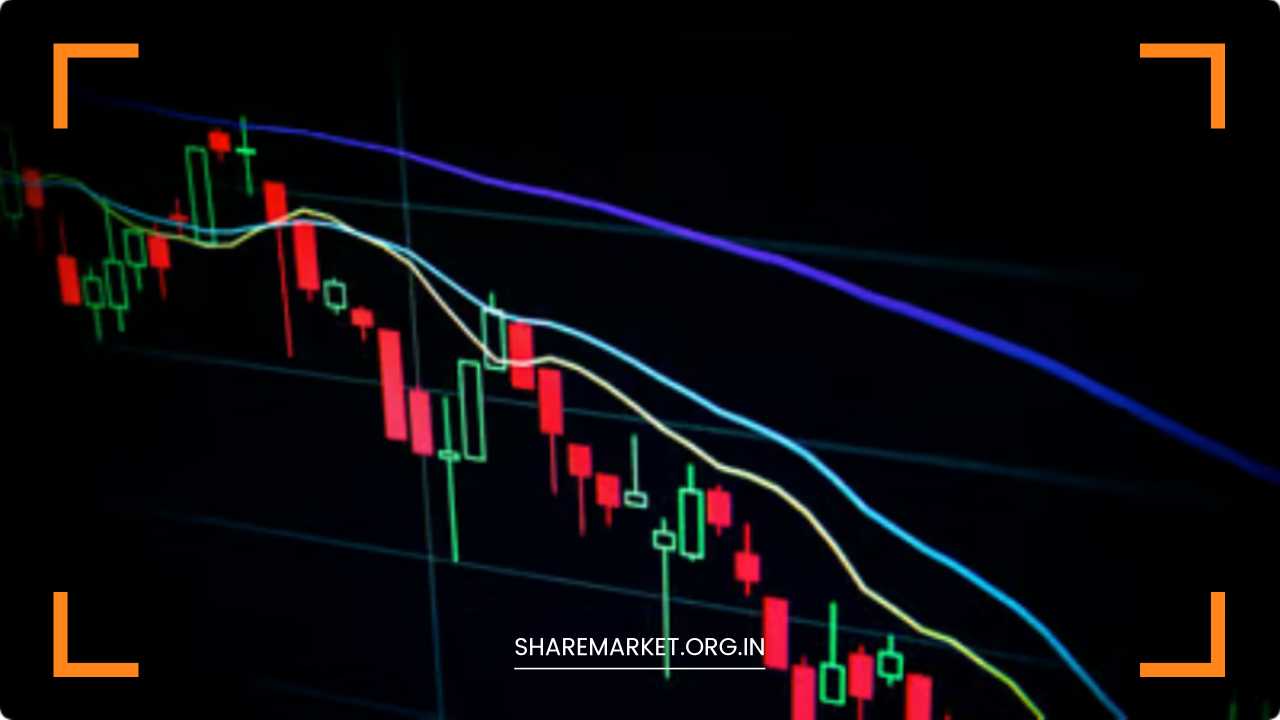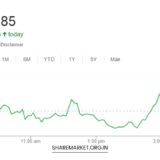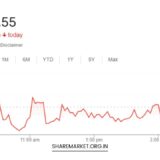What is PE in Share Market

What is PE in Share Market
Have you ever wondered how successful investors accurately assess a company’s value or spot potential multibagger stocks?
They rely on various parameters to reach informed investment decisions. One crucial criterion they consider is the P/E ratio of the company. Now, let’s define the P/E ratio in the simplest terms possible.
PE Ratio Meaning and Formula
P/E Ratio = (Current Market Price of a Share / Earnings per Share)
The P/E Ratio, also known as the Price to Earnings Ratio, is a measure of the relationship between the current price of a company’s share and its earnings per share (EPS). It provides insight into the valuation of a company’s stock.
Analysts and investors have flexibility in choosing the earnings period for calculating this ratio, but the most commonly used variable is the earnings from the past 12 months or one year.
The P/E Ratio is sometimes referred to as a price multiple or an earnings multiple, as it represents the number of times the earnings are factored into the stock’s price.
The Price to Earnings Ratio (P/E Ratio) is a widely-used metric employed by analysts and investors worldwide.
It represents the amount of money an investor is willing to invest in a single share of a company for each unit of its earnings, usually Re. 1.
For example, if a company has a P/E Ratio of 20, investors are willing to pay Rs. 20 for each Re. 1 of the company’s current earnings.
A high P/E Ratio suggests that the company may be overvalued or on a growth trajectory. It could also indicate that investors and analysts anticipate increased future revenue, leading to a surge in current stock prices.
Conversely, a low P/E Ratio indicates undervaluation of stocks, possibly due to systematic or unsystematic market risks. In another interpretation, a low P/E ratio may suggest that the company’s future performance is expected to be poor, resulting in a decline in present stock prices.
What is the Ideal PE Ratio?
When investors utilize the P/E ratio as a decision-making tool, determining what constitutes a good or safe ratio can be challenging.
It is important to note that the assessment of a ratio’s goodness depends on various factors, including current market conditions, industry averages of P/E ratios, and the nature of the industry itself.
To make an informed judgment, investors should compare the P/E ratios of different companies within the same industry, considering their similar characteristics and growth phases.
For example, if Company A has a P/E ratio of 40% while Company B, with similar characteristics in the same industry, has a ratio of 10%, it means shareholders of Company A need to pay Rs. 40 for each Re. 1 of their earnings, whereas shareholders of Company B only need to pay Rs. 10.
Therefore, investing in Company B might be more profitable in this scenario. High ratios often carry the risk of value traps, while lower ratios may indicate subpar company performance due to internal issues.
It’s crucial to recognize that there is no foolproof P/E ratio that guarantees success in stock market investments.
Investors may consider employing additional technical analysis indicators such as discounted cash flow, weighted average cost of capital, and others to assess a company’s potential profitability.
Types of PE Ratios:
There are two types of PE ratios based on the calculation of earnings per share (EPS): Trailing PE ratio and Forward PE ratio. These ratios provide different perspectives on a company’s valuation.
1. Trailing PE Ratio: The trailing PE ratio is calculated using the historical or past earnings per share. It takes into account the actual earnings of the company over a specific period, typically the last 12 months or one year.
This ratio provides insights into the company’s historical earnings performance and is useful for assessing its valuation based on past earnings.
The trailing P/E ratio is calculated by dividing the recent stock price by the company’s total earnings per share (EPS) over the past year.
It relies on the historical performance of a company and is considered one of the most reliable and popular metrics for evaluating a company’s valuation.
Prudent investors often base their financial decisions on the trailing P/E ratio, as it utilizes actual data of the company’s profits. However, it’s important to note that past performance does not guarantee future results.
It’s worth mentioning that the trailing P/E ratio is not reflective of real-time company scenarios.
Although it takes into account the latest stock price movements, the earnings used in the calculation are still based on the last reported quarterly earnings.
Therefore, while the stock price may change frequently, the trailing P/E ratio remains relatively constant as the EPS data is dated. Some investors prefer the forward P/E ratio over the trailing P/E ratio for this reason.
The forward P/E ratio considers estimated future earnings and provides a perspective on the company’s valuation based on projected performance.
This metric takes into account the anticipated growth or decline in earnings and is believed to capture a more updated view of the company’s prospects.
However, it’s important to recognize that forward earnings estimates may be subject to uncertainty and may not always accurately reflect the company’s future performance.
2. Forward PE Ratio: The forward PE ratio, on the other hand, is based on projected or estimated future earnings per share. It considers the expected earnings of the company for a specific period, typically the next 12 months.
This ratio allows investors to gauge the company’s valuation in relation to its anticipated future earnings potential.
The forward P/E ratio, also known as the estimated cost to earnings, takes into account estimated future earnings rather than relying solely on past earnings figures.
It serves as a comparison between the current income and anticipated future income, providing insights into how a company’s profits are expected to evolve.
While the forward P/E ratio is a valuable measure for assessing a company’s future earnings potential, it does have certain limitations.
Companies have the ability to manipulate their earnings estimates to either understate or overstate their expected earnings.
This can be done to outperform the estimated P/E ratio when quarterly earnings are announced or to artificially inflate stock prices by overestimating the P/E ratio.
Such manipulation can result in stocks being overvalued or undervalued, causing investors to potentially miss out on the expected returns.
It’s important for investors to be aware of these limitations and exercise caution when relying solely on forward P/E ratios.
It’s advisable to consider a range of factors and indicators in conjunction with the forward P/E ratio to make informed investment decisions.
By considering both the trailing PE ratio and the forward PE ratio, investors can evaluate a company’s valuation from different time perspectives.
The trailing PE ratio reflects the company’s historical performance, while the forward PE ratio provides insights into market expectations for future earnings.
Final Words
The P/E ratio is a crucial tool for understanding the behavior of companies and the overall market at any given time. Investors and companies depend on this ratio to make informed financial decisions and accurately assess the value of their stocks based on current or future earnings.
While the P/E ratio is a comprehensive metric for evaluating a company’s worth, it can sometimes be inconsistent due to fluctuations in stock prices or earnings.
The P/E ratio provides valuable insights into how the market values a company in relation to its earnings. It helps investors gauge whether a stock is overvalued or undervalued and assists in identifying potential investment opportunities.
However, it’s important to recognize that the P/E ratio is influenced by various factors, including market sentiment, industry trends, and company-specific considerations.
As a result, the ratio may fluctuate over time and may not always provide a definitive assessment of a company’s true worth.
Investors and companies should consider the P/E ratio as one of many tools in their financial analysis toolkit.
It is recommended to evaluate other relevant factors and indicators in conjunction with the P/E ratio to gain a comprehensive understanding of a company’s performance and potential.

















